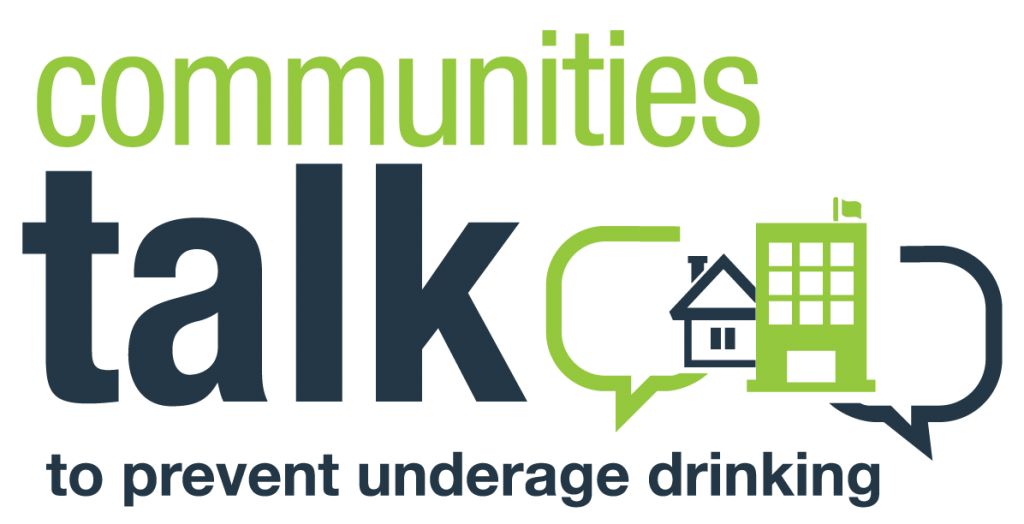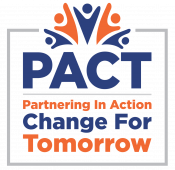Coalitions are often the catalyst for creating a healthier environment for our youth and young adults across our communities. PACT works with the Levittown Community Action Coalition, the Massapequa Takes Action Coalition, and the Hispanic Alliance for Prevention Coalition. Nassau County is home to fourteen community coalitions. Many are part of the Centers for Disease Control and Prevention’s Drug Free Communities (DFC) Support Program. The Drug-Free Communities (DFC) Support Program is our nation’s leading effort to mobilize communities to prevent and reduce substance use among youth. The DFC program is aimed at mobilizing community leaders to identify and respond to the drug problems unique to their community and change local community environmental conditions tied to substance use. Whether your coalition is a member of the DFC Support Program or a volunteer based coalition, resources are available to educate and mobilize your membership to implement evidence based strategies and programs to reduce and prevent underage/binge drinking and substance use by our youth and young adults.
Centers for Disease Control & Prevention Status Reports on Alcohol-Related Harms
This video provides coalitions and state representatives with information about the CDC’s Prevention Status Reports (PSR) on Alcohol-Related Harms — resources developed for coalitions, states and other public health practitioners. These PSRs focus on policies that address excessive alcohol use including commercial host liability, raising alcohol taxes and limiting alcohol outlet density. To learn more, click here.
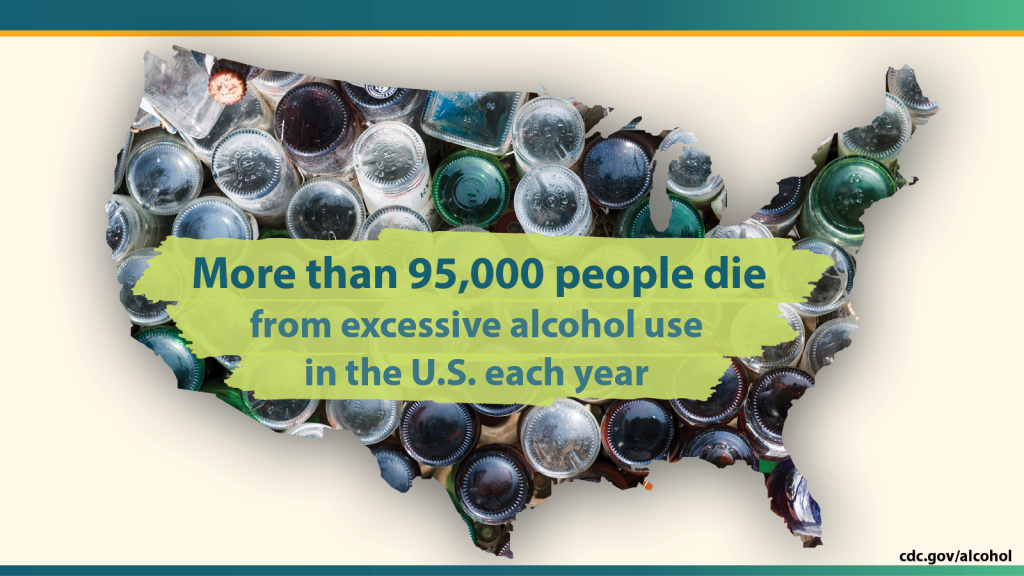
Focus on Prevention Strategies and Programs to Prevent Substance Use
The U.S. Department of Health and Human Services (HHS), Substance Abuse and Mental Health Services Administration (SAMHSA) has developed this guide as a starting point to help a wide range of groups and communities move from concerns about substance use to proven and practical solutions. This guide offers brief, easy-to-read information that organizations can use to plan and deliver prevention strategies in a wide array of settings, through a variety of methods. Whether you’re planning an environmental prevention strategy, community-based program, news conference, community awareness day or targeted outreach campaign, focus on prevention can help you organize and achieve your objectives. To learn more, click here.
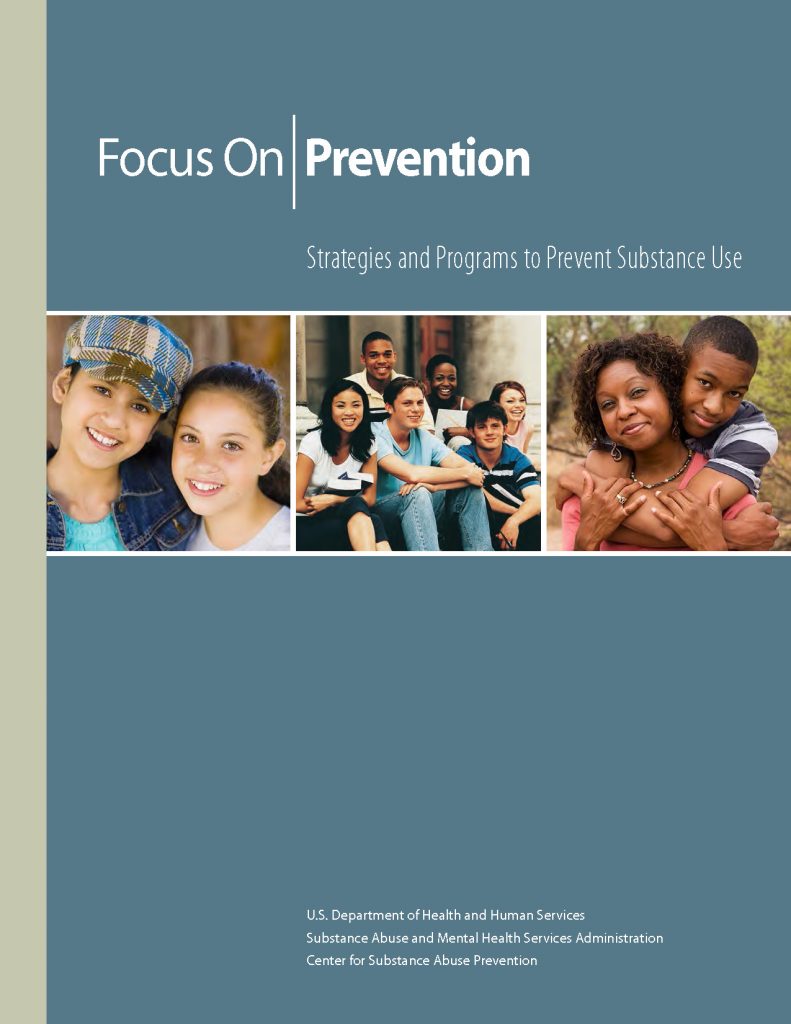
Community Anti-Drug Coalitions of America (CADCA): Cannabis: The Current State of Affairs
New York State has now joined multiple states in legalizing both medical and recreational use of cannabis. The Community Anti-Drug Coalitions of America (CADCA) provides a thorough review of the science and as well as how coalitions can prevent cannabis use by our youth. To learn more, click here.

Guide for Measuring High Alcohol Density
The Centers for Disease Control and Prevention’s Guide for Measuring Alcohol Outlet Density provides state representatives and community members with the tools needed to address high alcohol outlet density which is known to be an environmental risk factor for excessive drinking. Strong scientific evidence recommends “limiting alcohol outlet density through the use of the regulatory authority (e.g., licensing and zoning).” State and local officials as well as regulatory agencies can use this recommendation to help enact or reform laws concerning density of outlets where alcohol is available. For example, the New York State Liquor Authority could use information about alcohol outlet density to limit the issuance of new alcohol licenses or to increase enforcement of liquor laws in a particular area. Information about alcohol outlet density could also be used by local governments to develop zoning regulations to regulate alcohol outlet density. Click here to learn more.
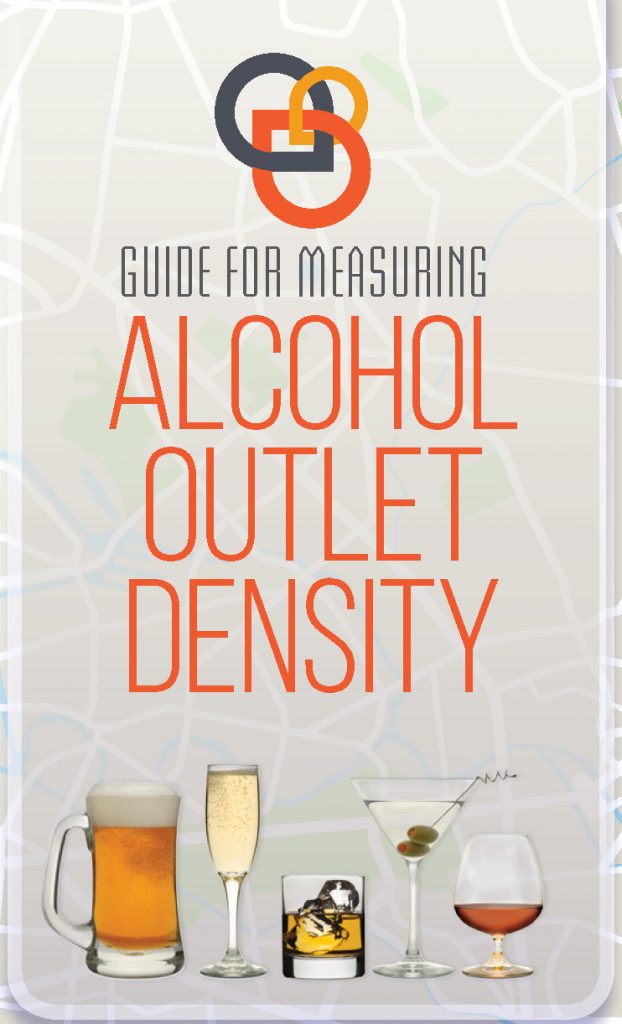
The Community Guide to Prevention
The Community Guide provides evidence-based findings and recommendations from the Community Preventive Services Task Force (CPSTF) about community preventive services and programs to improve health. The CPSTF—an independent, non-federal panel of public health and prevention experts—bases its findings on systematic reviews of the scientific literature. Learn more about The Community Guide and what works to reduce excessive alcohol consumption and related harms by visiting its website. To learn more about preventing excessive alcohol consumption with evidence based interventions for your community, click here.

Regulating Alcohol Outlet Density CADCA Strategizer 55
Strategizer 55, Regulating Alcohol Outlet Density: An Action Guide, outlines available evidence-based community prevention strategies shown to decrease the consequences associated with alcohol outlet density, the concentration of bars, restaurants serving alcohol, liquor and package stores in a given geographic area. The publication was developed by CADCA in partnership with the Center on Alcohol Marketing and Youth (CAMY) at the Johns Hopkins Bloomberg School of Public Health. To review the guide, click here.
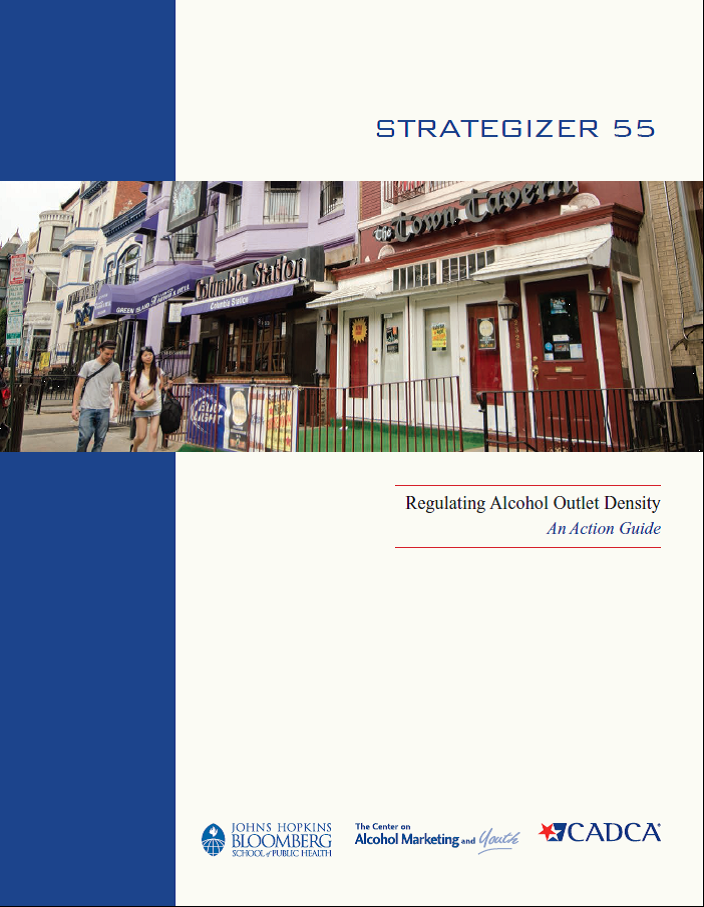
Preventing Drug Use Among Children & Adolescents: National Institute on Drug Abuse
One of the goals of the National Institute on Drug Abuse (NIDA) is to help the public understand the causes of drug abuse and to prevent its onset. Preventing Drug Use among Children and Adolescents: A Research-Based Guide for Parents, Educators and Community Leaders, Second Edition booklet, presents updated prevention principles, an overview of program planning and critical first steps for those learning about prevention. This shortened edition can serve as an introduction to research-based prevention for those new to the field of drug abuse prevention. To learn more, click here.
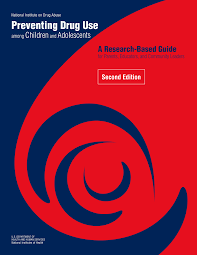
SAMHSA’s Communities Talk
Approximately every two years, SAMHSA distributes planning stipends to community-based organizations, institutions of higher education, and statewide or state-based organizations to plan activities that educate youth, families and communities about the potentially harmful consequences of underage and problem drinking among individuals 12 to 25 years old. Learn more and visit their website.
